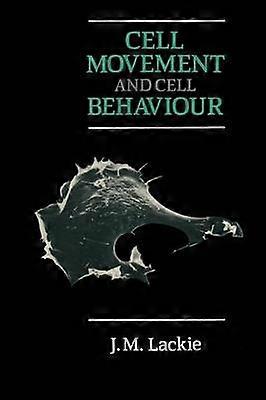描述
1 Introduction. - 1. 1 Why is movement interesting?. - 1. 2 What do we mean by movement'?. - 1. 3 What causes movement?. - 1. 4 An analogy. - 1. 5 Motor design an abstract exercise. - 1. 6 How are movements controlled?. - 1. 7 Which motor for the task?. - References. - 2 Motors Based on Actomyosin. - 2. 1 Introduction. - 2. 2 Components of the motor. - 2. 3 The basic motor. - 2. 4 Linear contractile systems. - 2. 5 Non-linear: planar systems. - 2. 6 Non-linear: solid systems. - 2. 7 Control of the motor. - 2. 8 Summary. - References. - 3 Motors Based on Microtubules. - 3. 1 Introduction. - 3. 2 Structure of microtubules. - 3. 3 Dynein. - 3. 4 The basic motor. - 3. 5 Cilia and flagella. - 3. 6 Movement in the mitotic spindle. - 3. 7 Movement associated with cytoplasmic microtubules. - 3. 8 Summary. - References. - 4 Motors of Other Sorts. - 4. 1 Introduction. - 4. 2 Bacterial flagella. - 4. 3 Other bacterial motors. - 4. 4 The spasmoneme of vorticellids. - 4. 5 Assembly-disassembly motors. - 4. 6 Hydraulic systems. - 4. 7 Miscellaneous motor systems. - 4. 8 Summary. - References. - 5 Swimming. - 5. 1 General. - 5. 2 Swimming. - 5. 3 Methods of obtaining forward thrust. - 5. 4 Control of the direction of ciliary beat. - 5. 5 Summary. - References. - 6 Crawling Movement. - 6. 1 Introduction. - 6. 2 A simplistic analysis of the problem. - 6. 3 Amoeba. - 6. 4 Fibroblast locomotion. - 6. 5 Fibroblast spreading. - 6. 6 Movement of other cell types. - 6. 7 Summary. - References. - 7 Moving in a Uniform Environment. - 7. 1 Introduction. - 7. 2 Random walks and internal bias. - 7. 3 Effects of changes in environmental properties. - 7. 4 Roughness. - 7. 5 Rigidity and deformability. - 7. 6 Summary. - References. - 8 Anisotropic Environments. - 8. 1 General. - 8. 2 Trapping and avoidance. - 8. 3 Gradients. - 8. 4 Flow. - 8. 5 Magnetic and electric fields. - 8. 6 Gravity. - 8. 7 Shape. - 8. 8Rigidity. - 8. 9 Summary. - References. - 9 Chemotaxis. - 9. 1 General. - 9. 2 The problem - a theoretical analysis. - 9. 3 Bacterial Chemotaxis. - 9. 4 Chemotaxis in Paramoecium. - 9. 5 Chemotaxis in the cellular slime-moulds. - 9. 6 Chemotaxis in Myxobacteria. - 9. 7 Chemotaxis of leucocytes. - 9. 8 Summary. - References. - 10 Cell-Cell Interactions. - 10. 1 Introduction. - 10. 2 Contact inhibition of locomotion. - 10. 3 Consequences of contact inhibition. - 10. 4 Escape from normal contact inhibition. - 10. 5 Invasiveness as a general phenomenon. - 10. 6 Summary. - References. Language: English
-
品牌:
Unbranded
-
类别:
杂志
-
语言:
English
-
出版日期:
1986/08/31
-
艺术家:
J.M. Lackie
-
页数:
336
-
出版社/标签:
Springer
-
格式:
Paperback
-
Fruugo ID:
337307244-740933678
-
ISBN:
9780045740352

